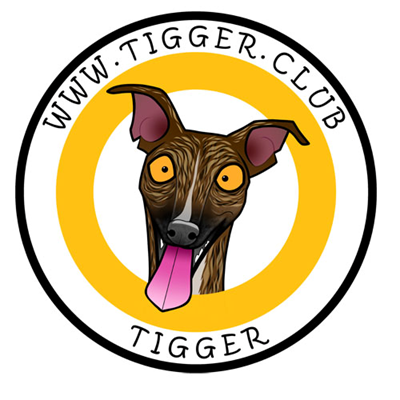History of... Dalmatian
Name:
Dalmatian
Scientific Name:
Canis lupus familiaris
Family:
Canidae
Conservation Status:
Least Concern
Habitation:
Domesticated within homes
Discovery:
The first known written reference to a Dalmatian dog is from 1375, when Peter, Bishop of Đakovo, mentions a hunting dog found in Dalmatia. The dog had short white hair and black round spots on various parts of its body. He named the breed Canis Dalmaticus.
The Dalmatian is a muscular dog with excellent endurance and stamina. When fully grown it stands from 19 to 23 inches (48 to 58 cm) tall.
Dalmatian puppies are born with plain white coats and their first spots usually appear within 10 days. Some spots may be visible on their skin from birth. The spots continue to develop until the dog is around 18 months old. Spots usually range in size from 2 to 6 cm (1.25 to 2.5 in), and are most commonly black or liver (brown) on white fur. Dalmatians usually have litters of six to nine pups.
Black spotted dogs always have black noses, and liver spotted dogs always have brown noses.
Dalmatians lack a dog odour and stay fairly clean relative to many other dog breeds.
The Dalmatian coat is usually short, fine, and dense
A life expectancy of 13.2 years for the Dalmatian
A study in the UK found 18.4% of tested Dalmatians to be deaf in either one or both ears. A Swiss study found 16.5% of Dalmatians to be deaf in either one or both ears. A German study found 19.6% of Dalmatians to be deaf in one or both ears. A US study found 25.7% of Dalmatians to be deaf in one or both ears. This study found that the evidence of a single gene being responsible for deafness to be unlikely.
The Dalmatian's role as a carriage dog began in the 17th century when young English aristocrats brought spotted dogs home from their travels in Europe.
Dalmatians were a popular breed for this job due to their natural affinity to horses and stamina to run alongside the coaches
The number of dogs accompanying any one coach could be an indicator of the occupants' wealth or status.
Dalmatians were kennelled in the stables to guard the expensive horses and help them to be bonded with the horses as pups.
Dalmatians are also associated with firefighting, particularly in the USA. In the days of horse drawn fire engines, dogs would help clear the way in the crowded streets as well as settling the horses, who could easily become uncomfortable at the scene of a fire.
This role became unnecessary once horse-drawn fire engines were replaced with steam- and diesel-powered engines. Due to its history, the Dalmatian often serves as a mascot for the fire service, and is still chosen by many fire fighters as a pet.
With the demise of horse-drawn transport, the need for the dogs declined, and they became largely ceremonial dogs. The often got used as house and barn guard dogs. Today Dalmatians are valued as loyal pets and companions.
The breed had a surge in popularity as a result of the 156 novel The Hundred and One Dalmatians.
After the novelty of the novel and subsequent movies, shelters were filled with large numbers of unwanted Dalmatians abandoned.


